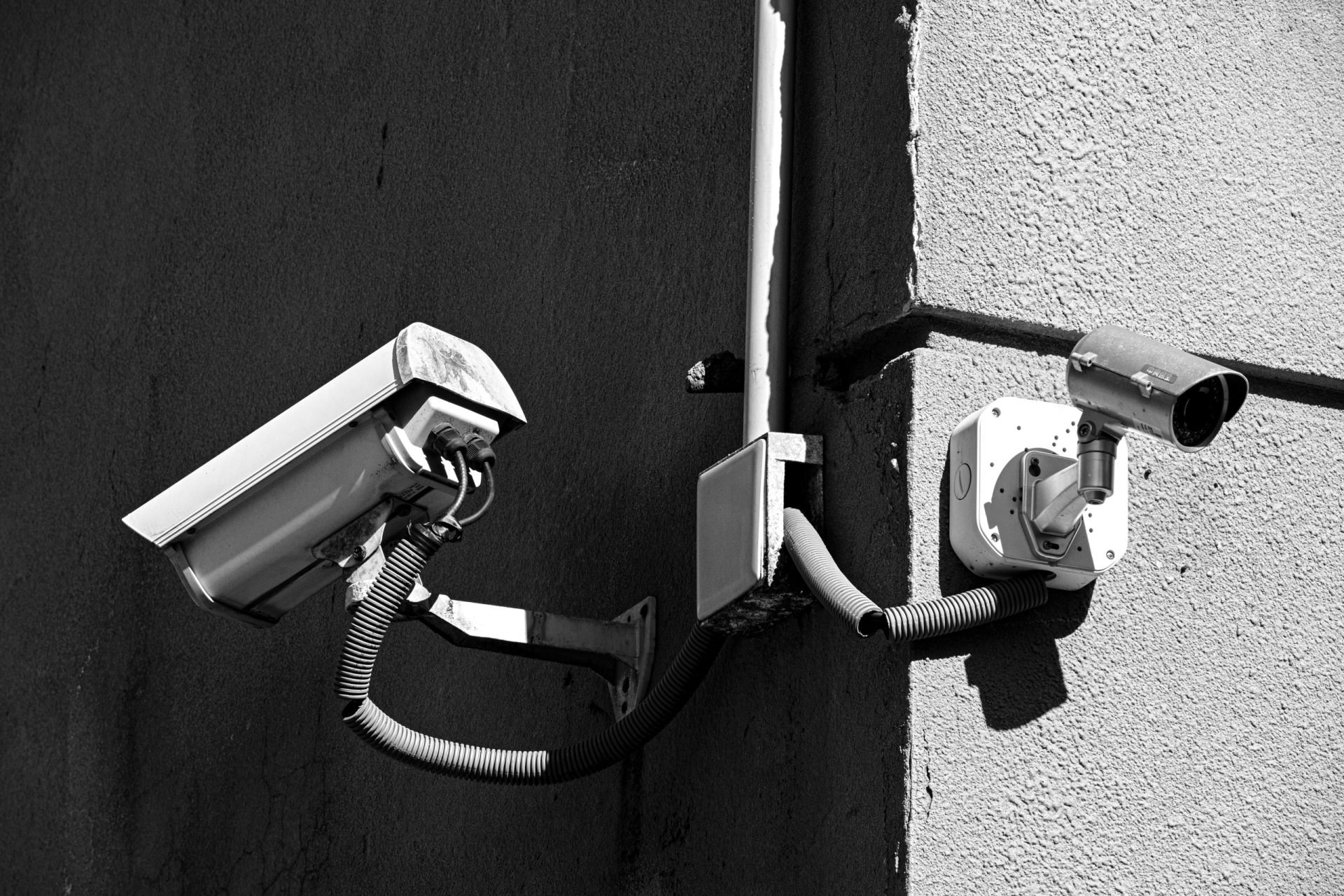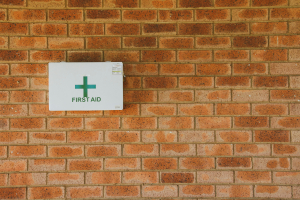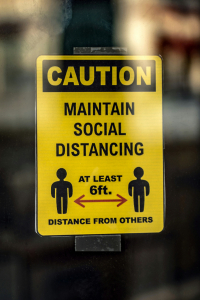Event management demands careful planning and organisation to make each project a success. Whether putting together inspiring conferences to stimulate corporate growth, trade shows to promote business opportunities, or networking events to forge strong links between professionals . . . all these are made possible thanks to effective project management.
Do you dream of creating memorable experiences that leave a lasting impression? Totm exposition trade show booth manufacturer in Montreal takes you behind the scenes of event project management.
What is event project management?
Event project management refers to the discipline of planning, organizing, coordinating and executing specific events, including conferences, concerts, festivals, weddings, exhibitions, trade fairs and official ceremonies.
Events of any size are always organized around a goal: to promote products and services, or to attract an audience to focus on a specific objective.
The main goal of event project management is to make sure that the event in question runs smoothly, meets defined objectives and satisfies the expectations of all stakeholders, whether organizers, participants, sponsors or the public.
The main challenge of event project management lies in effectively respecting:
- The cost of participation and organization
- Event quality
- Deadlines: the most important factor, as event project management operates via retroplanning.
To manage these elements effectively, it’s crucial to ask the right questions at the project kick-off meeting.
Typical event project management responsibilities include:
- Defining event objectives
- Budgeting
- Logistics
- Reserving a venue
- Coordinating suppliers
- Human resources management
- Promotion and marketing
- Managing registration and participants
- Security and risk management
- Post-event evaluation.
Event project managers often have to juggle multiple tasks and maintain effective communication with all parties to create a successful event.
Why is event management so important?
There are several reasons why event management is so important:
- Reaching event goals: Effective management ensures that all objectives, whatever they may be, are met effectively and efficiently.
- Resource management: Proper management of time, budget, personnel, facilities and equipment guarantees the best possible results.
- Coordination of complex tasks: Event management involves smoothly coordinating various players, including those responsible for logistics, security, technology, entertainment, catering, etc.
- Risk management: Competent management involves identifying and assessing risks such as safety issues, technical problems or adverse weather conditions so they can be managed proactively.
- Stakeholder satisfaction: Effective management takes into account the needs and expectations of all stakeholders, including organizers, participants, sponsors, suppliers and the public.
Event project management step-by-step
We’ll look at each stage of event project management in more detail later on, but here’s a quick overview of the most important steps involved in managing an event:
- Define event objectives and stakeholders’ needs
- Choose a location and date for the event
- Create an event plan
- Establish an event budget
- Choose suppliers and service providers
- Coordinate logistics and follow-up
- Communication and targeted event promotion
- Event organization and programming
- Managing the day of the event
- Reviewing the event and learning lessons for next time
Let’s take a closer look at each step, one at a time.
Step 1: Define event objectives and stakeholders’ needs
The first crucial step in event project management is to define the goal(s) of your event: to promote a product, build brand awareness or provide an enriching experience for participants. Clear objectives will effectively guide your future actions and decisions.
Once you’ve defined your goals, it’s time to do some research:
- Carefully analyze participants’ and stakeholders’ needs. What do they expect from the event? What are their preferences and expectations? What type of theme do they want?
- Consider factors such as gender, age, geographical and professional location, purchasing power, interests and preferences.
- Decide what criteria you will use to evaluate your event’s success, such as number of participants, satisfaction rate, and business opportunities created.
Keep in mind that good event project management includes targeting the right audience for the event.
Step 2: Choose a location and date for the event
Once you’ve defined your goals, it’s time to find the right date and venue for your event. These are two important criteria that will impact the success of the project. Make sure you consider your target audience, their schedule and your objectives when making a decision.
Choose a venue that reflects your event ‘image’ and has everything you need to accommodate participants. Depending on your goals and target audience, you could hold your event in a theater, a large garden, a park, a restaurant, etc. Just don’t make a choice at random. For example, for a business event a meeting or conference room would be an appropriate venue. Be sure to consider the location’s capacity before committing.
Before setting a date, draw up a schedule of all tasks related to putting on your event. An event involves many stakeholders and takes time to organize, so don’t be too optimistic about the date. It will take between 3 and 6 months to plan everything. You should also find out when competing events will take place, so you do schedule your too close to the same date!
Remember to think about the season and how it could impact the accessibility of the event location. And don’t overlook the fact that the price of a venue can vary greatly depending on the time of year.
Step 3: Create an event plan
Before drawing up a budget, you need to draw up a detailed event plan that outlines all activities, milestones, responsibilities and deadlines. This project plan must be clear, organized and comprehensible to all those involved. It will define the framework of the project, include details about all related activities and allow you to allocate resources and manage potential risks. Start by listing all important tasks in chronological order, estimating the time needed for each, and assigning them to the right people. Establish a precise timetable and allow for a margin of error in case of setbacks.
Step 4: Establish an event budget
Successful event project management involves both planning and budgeting.
Your event budget needs to include planned expenses such as paying for the venue, logistics, speakers, marketing, design and the cost of printing promotional materials. You should separate the costs you know your event will incur from any unexpected expenses that might come up due to unforeseen situations.
Allocation of resources (budget, personnel, equipment, etc.).
Once the event has been planned in detail, the next step is to allocate necessary resources, including budget, personnel, equipment and materials.
- Personnel: To run an event smoothly, you will need event organizers, logistics managers, entertainers, technicians and hosts. The roles and responsibilities of each member must be clearly defined so that you can hire people with the right skills.
- Equipment and supplies: Plan ahead to be sure the equipment and materials you need are available, including audiovisual equipment, scenery, custom trade show booths and office supplies.
An event project manager needs to prepare all logistical aspects of an event, including transport, accommodation, catering, security and legal authorizations. Everything must be planned, so that people and materials are ready and activities can take place on schedule.
Risk identification and management
Successful event planning includes risk management. You will need to anticipate obstacles related to logistics, suppliers, weather conditions, security and so on. Identify risks and plan your responses so that no matter what happens, the event will run smoothly.
Step 5: Choose suppliers and service providers
Once you know what you need for your event, research and select appropriate suppliers and service providers. These may include caterers, audio-visual technicians, decorators and others.
Factor in the cost of installing equipment (like audio equipment), as this service is required to be able to use the equipment and therefore should be part of the overall event budget.
Step 6: Coordinate logistics and follow-up
Managing the logistical aspects of an event is crucial to successful event project management. There are several tasks associated with event logistics:
Logistics management
This includes booking the venue, ensuring it is adapted to the specific needs of the event (capacity, facilities and location) and managing the logistics surrounding participants’ arrival and traffic flow during the event.
Managing the space and installing equipment
Once the venue has been booked, you can plan exactly how you will accommodate booths, audiovisual equipment, decorations, tables and chairs, etc. Optimizing the use of the space will help you provide a smooth and pleasant experience for participants.
Managing registration and communication with participants
Registration management includes collecting information, registering participants and managing payments. An efficient system for tracking registrations, communicating with participants and maintaining clear communication will help participants commit to the event and feel satisfied by the outcome.
Step 7: Communication and targeted event promotion
An effective communication strategy is necessary to attract event participants. This involves choosing marketing channels and creating messages geared toward your target audience. Remember to consider audience preferences and event objectives in each communication.
Highlight the benefits and values of the event, generate excitement, offer special incentives and work with partners and influencers to reach a wide audience. Create a dedicated website, make announcements on social networks (Facebook, Instagram, Twitter, etc.) and send personalized emails.
Finally, track performance indicators to assess whether your promotional strategy is effective. This could involve measuring the number of visitors to the event website, the registration conversion rate, the level of engagement on social networks (likes, shares, comments), email opens and click rates, and so on. Performance indicators make it possible to adjust as needed to maximize event participation.
When to send an invitation
It’s a good idea to send out your invitations well in advance. For local customers, we recommend contacting your audience 6 weeks before the event, and for international audiences, up to 2 months in advance so that they have enough time to make their plans.
Effectively using event communication tools such as email invitations is an important part of planning a successful trade show.
Step 8: Event organization and programming
For your event to be a success, each stakeholder has to know exactly what their responsibilities are, both before and during the event. It’s very important to draw up a clear and precise schedule of what’s going to happen on the big day that both stakeholders and participants can refer to. This way, everyone will know what they have to do.
Step 9: Managing the day of the event
Event project management doesn’t stop here! On the day of the event, you’ll need to supervise set-up, coordinate teams and manage activities according to your event plan to make sure everything goes smoothly.
If there is a problem, you’ll need to respond quickly and effectively. Event managers are responsible for finding solutions and minimizing the impact of the unexpected, so get ready to make quick decisions, find additional resources and make adjustments to the schedule. Clear communication with clients is vital.
It’s also the event manager’s role to handle interactions with the public and any media that may be present.
Step 10: Reviewing the event and learning lessons for next time
At the end of an event, it’s important to analyze what happened and identify the strengths and weaknesses of the project, which includes evaluating event attendee satisfaction. This evaluation can be carried out with other managers and will provide a clear picture of the outcome so you can calculate overall trade show return on investment. Sometimes there is a gap between expectations and actual results. If this gap is significant, it could mean that event objectives have not been reached.
It’s a good practise to send a thank-you message and a survey to each participant within 48 hours of the end of the event. Choosing your timing will guarantee the highest number of responses and help you get the information you need to analyse participant satisfaction.
Trust totm exposition for event project management services
Event project management involves completing a series of key steps to success. From meticulous planning to logistics coordination, effective communication and event day management, each step plays an essential role in creating a memorable event.
Contact totm exposition to plan and manage a successful business event featuring custom modular trade show booths.














 Austin Distel — Unsplash
Austin Distel — Unsplash 











